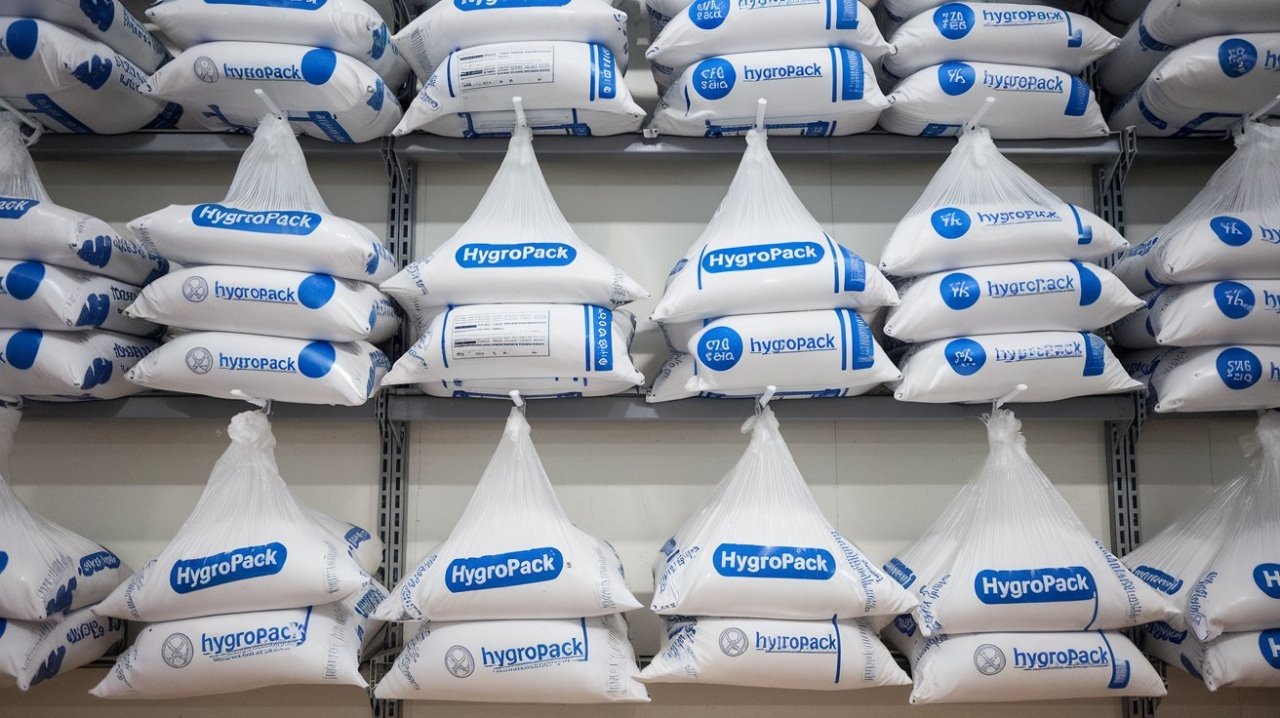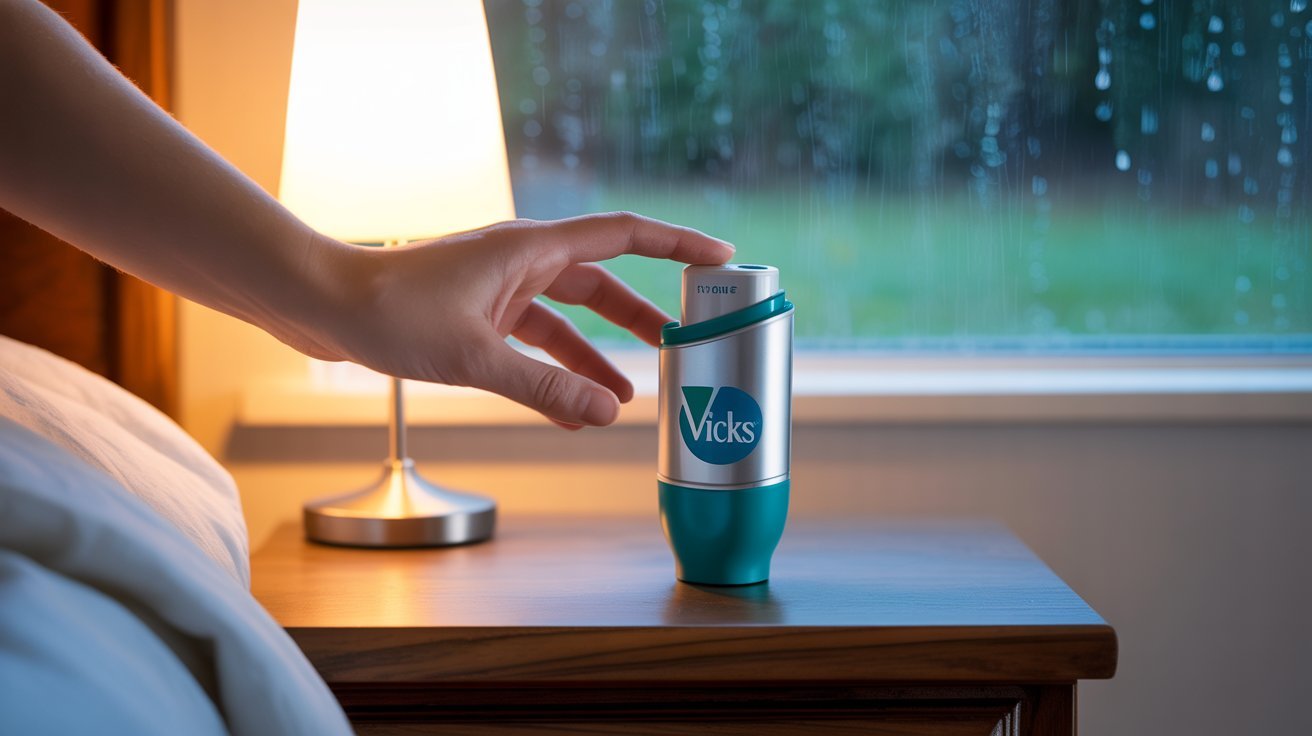hygropack: The Ultimate Solution for Moisture Control

In today’s world, keeping products safe from moisture is crucial. Excess humidity can damage items, leading to losses for both businesses and consumers. Enter hygropack: an innovative solution designed to manage moisture effectively. This article explores what hygropack is, how it works, and its benefits across various industries.
Understanding hygropack
A hygropack is a small packet filled with materials that absorb moisture, known as desiccants. These packets are placed inside packaging to control humidity levels, ensuring that products remain dry and undamaged. Common desiccants used include silica gel, clay, and calcium chloride. By absorbing excess moisture, hygropacks help maintain the quality and longevity of various goods.
The Science Behind hygropack
Hygropacks operate based on the principles of hygroscopy—the ability of a substance to attract and hold water molecules from the surrounding environment. When placed inside a sealed package, the desiccant material within the hygropack absorbs moisture from the air, reducing humidity levels. This process helps prevent issues like mold growth, corrosion, and spoilage
Benefits of Using hygropack
Incorporating hygropacks into packaging offers several advantages:
-
Extended Shelf Life: By controlling moisture, hygropacks help preserve the freshness and quality of products, extending their usability.
-
Damage Prevention: Moisture can lead to mold, rust, and other forms of deterioration. Hygropacks mitigate these risks, ensuring products reach consumers in optimal condition.
-
Cost Savings: Reducing product spoilage and returns due to moisture damage can lead to significant cost savings for businesses.
-
Versatility: Hygropacks are suitable for a wide range of products, from electronics to food items, making them a versatile solution for various industries.
Applications of hygropack Across Industries
In the food sector, maintaining product freshness is paramount. Hygropacks help prevent moisture-induced spoilage, keeping items like snacks, dried fruits, and spices crisp and flavorful. By absorbing excess humidity, these packs ensure that food products retain their intended taste and texture.
Pharmaceuticals
Medicines and supplements are often sensitive to moisture, which can affect their efficacy. Incorporating hygropacks into pharmaceutical packaging safeguards these products, ensuring they remain effective throughout their shelf life. This moisture control is essential for maintaining the stability and safety of medical products.
Electronics
Electronic devices are highly susceptible to moisture, which can cause malfunctions or permanent damage. Hygropacks are used in packaging for items like cameras, smartphones, and other gadgets to prevent condensation and corrosion, thereby extending the lifespan of these products.
Textiles and Leather Goods
Fabrics and leather products can develop mold or unpleasant odors when exposed to high humidity. Placing hygropacks in packaging or storage areas helps maintain dryness, preserving the quality and appearance of clothing, shoes, and accessories.
Types of hygropack Materials
-
Silica Gel: A popular choice due to its high moisture absorption capacity and non-toxic nature.
-
Clay Desiccants: An environmentally friendly and cost-effective option, though with a lower absorption rate compared to silica gel.
-
Calcium Chloride: Known for its superior moisture absorption, making it ideal for extremely humid conditions.
How to Use hygropack Effectively
To maximize the benefits of hygropacks:
-
Choose the Right Type: Select a desiccant material that suits the specific needs of your product and the expected humidity levels.
-
Determine the Appropriate Size: The amount of desiccant required depends on the size of the packaging and the nature of the product.
-
Proper Placement: Place the hygropack within the packaging in a way that doesn’t interfere with the product but allows for efficient moisture absorption.
-
Seal Packaging Securely: Ensure that the packaging is airtight to prevent external moisture from entering and to allow the hygropack to maintain optimal conditions inside.
Environmental Considerations
As sustainability becomes increasingly important, eco-friendly hygropack options are being developed. Some desiccants are made from biodegradable materials, reducing environmental impact.
Future Trends in hygropack Technology
The field of moisture control is continually evolving. Emerging trends in hygropack technology include:
-
Smart Packaging: Integration of sensors that monitor humidity levels in real-time, providing alerts if conditions become unfavorable.
-
Improved Sustainability: Development of hygropacks using renewable resources and biodegradable materials to minimize environmental impact.
-
Customized Solutions: Tailoring hygropack designs to meet the specific needs of different products and industries, ensuring optimal performance.











